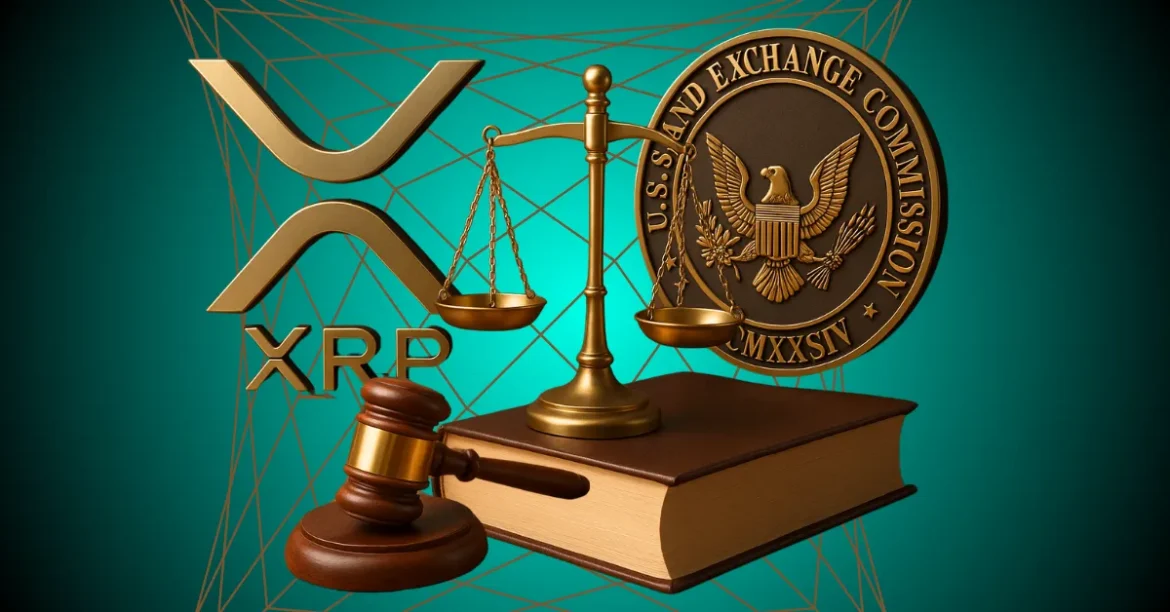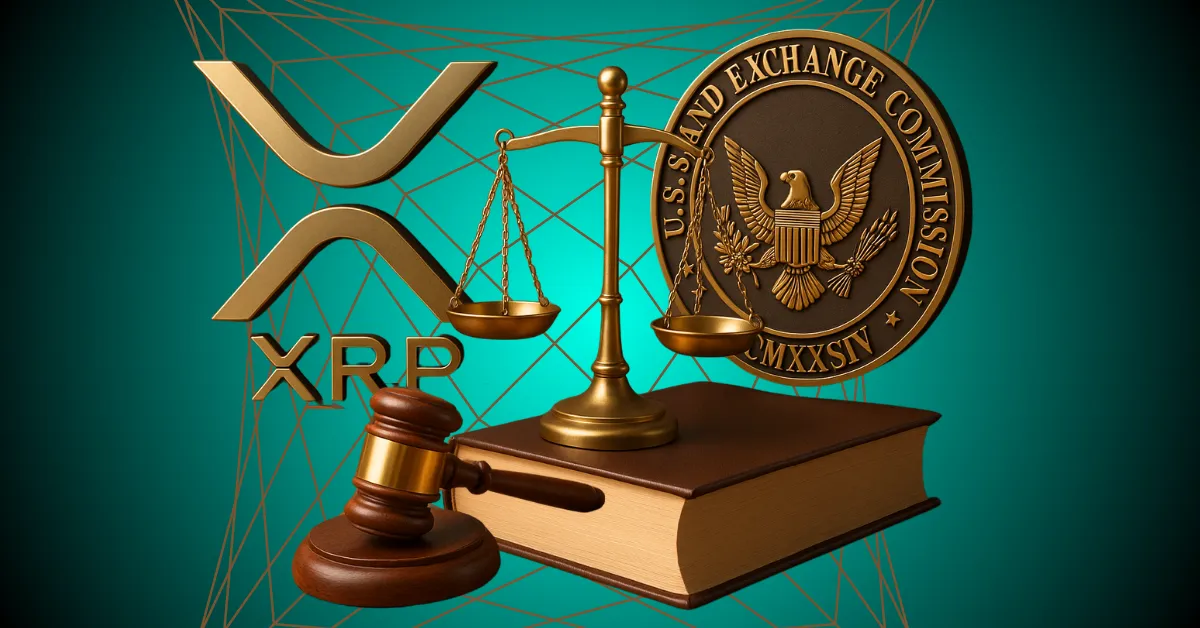The Ripple-SEC legal battle has become a pivotal case in the cryptocurrency industry, shaping the regulatory landscape and defining what constitutes a security in the digital asset space. The recent decision by District Judge Analisa Torres to reject a joint settlement proposal between Ripple Labs and the U.S. Securities and Exchange Commission (SEC) has prolonged the legal uncertainty surrounding cryptocurrencies. This ruling underscores the complexities of regulatory oversight in the rapidly evolving crypto market and highlights the challenges of achieving a balance between enforcement and innovation.
The case began in December 2020 when the SEC filed a lawsuit against Ripple, alleging that the company had raised over $1.3 billion through the sale of XRP, its native cryptocurrency, in an unregistered securities offering. The SEC argued that XRP should be classified as a security, subjecting Ripple to regulatory scrutiny and potential penalties. Ripple, on the other hand, contended that XRP was a currency and not a security, thus not falling under the SEC’s jurisdiction. The lawsuit has since become a focal point for the broader crypto industry, with many stakeholders watching closely to see how the courts would interpret the regulatory status of digital assets.
The recent attempt by Ripple and the SEC to settle the case was a significant development. The joint motion proposed a reduced penalty and the lifting of certain business restrictions imposed on Ripple. However, Judge Torres rejected this proposal, citing several key reasons. Firstly, she emphasized the importance of procedural integrity, stating that court decisions must remain final and cannot be easily overturned, even by mutual agreement of the parties involved. Secondly, she pointed to Ripple’s track record of alleged violations of securities law, suggesting that the company had not demonstrated sufficient accountability to warrant exceptional relief. Lastly, she found that the joint proposal lacked sufficient legal justification to overturn her previous rulings.
The rejection of the settlement proposal has significant implications for both Ripple and the SEC. For Ripple, the ruling means that the company remains subject to the original $125 million civil penalty and the permanent injunction that prevents it from offering XRP directly to institutional clients. This decision hampers Ripple’s business model and reinforces the distinction between retail and institutional sales of cryptocurrencies. For the SEC, the ruling highlights the challenges of enforcing regulatory standards in an evolving market. The agency must now defend its position through the appeals process, with the risk that a higher court might limit its authority or hand it a pyrrhic victory.
The broader implications of this ruling extend beyond Ripple and the SEC. The decision sets a cautionary tone for future settlement attempts between crypto companies and regulatory authorities. Courts may be less willing to act as arbiters of compromise if they feel that the underlying facts or public interest argue against closure. This ruling also underscores the importance of the adversarial process in legal proceedings, emphasizing that settlements cannot simply be negotiated away when they serve the interests of efficient closure.
The market impact of Judge Torres’s ruling has been immediate and far-reaching. The news dealt an immediate blow to XRP’s price, erasing recent gains and injecting fresh volatility. Investors who hoped for clarity and normalization now face renewed limbo. The prolonged legal uncertainty has also affected the broader crypto market, as stakeholders await further guidance on the regulatory status of digital assets. The case has become a bellwether for the industry, with many companies watching closely to see how the courts will interpret the regulatory landscape.
The rejection of the settlement proposal also highlights the rarity of judicial do-overs. Rule 60(b)(6) of the Federal Rules of Civil Procedure allows courts to revisit finalized judgments in extraordinary circumstances. However, courts rarely accept such motions, as the mere agreement of both parties is not enough to justify reopening settled matters. Judge Torres’s ruling reaffirms this principle, emphasizing that reopening settled matters is not just a matter of mutual convenience, even for high-profile, high-dollar cases.
Looking ahead, both Ripple and the SEC face a prolonged grind through the appellate courts. The SEC must file its next substantive update by August 15, 2025, kicking the can down the road for at least another year unless some dramatic change intervenes. For Ripple, the path ahead remains rocky, as the company is forced to operate under constraints that limit its ability to leverage its cross-border payments platform. For the SEC, any sense of closure is a pipe dream, as the agency must defend its position through the appeals process, with the threat of a higher court limiting its authority.
In conclusion, the Ripple-SEC legal battle serves as a stark reminder of the complexities of regulatory oversight in the cryptocurrency industry. The rejection of the settlement proposal underscores the importance of accountability, process, and legal precedent, even in uncharted territory like digital assets. The case highlights the challenges of achieving a balance between enforcement and innovation, as well as the need for clear regulatory guidance in the rapidly evolving crypto market. For now, the industry will have to wait even longer for definitive answers, as the legal battle continues to unfold. The message is clear: there are no shortcuts to justice, and the pursuit of regulatory clarity will require a concerted effort from all stakeholders involved.





